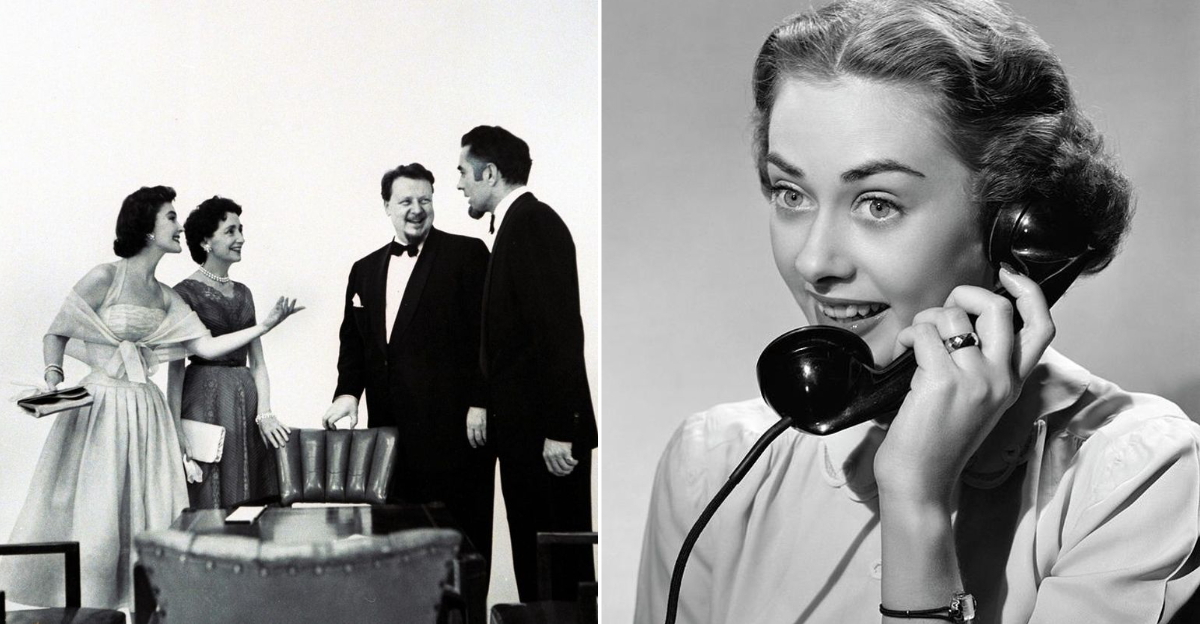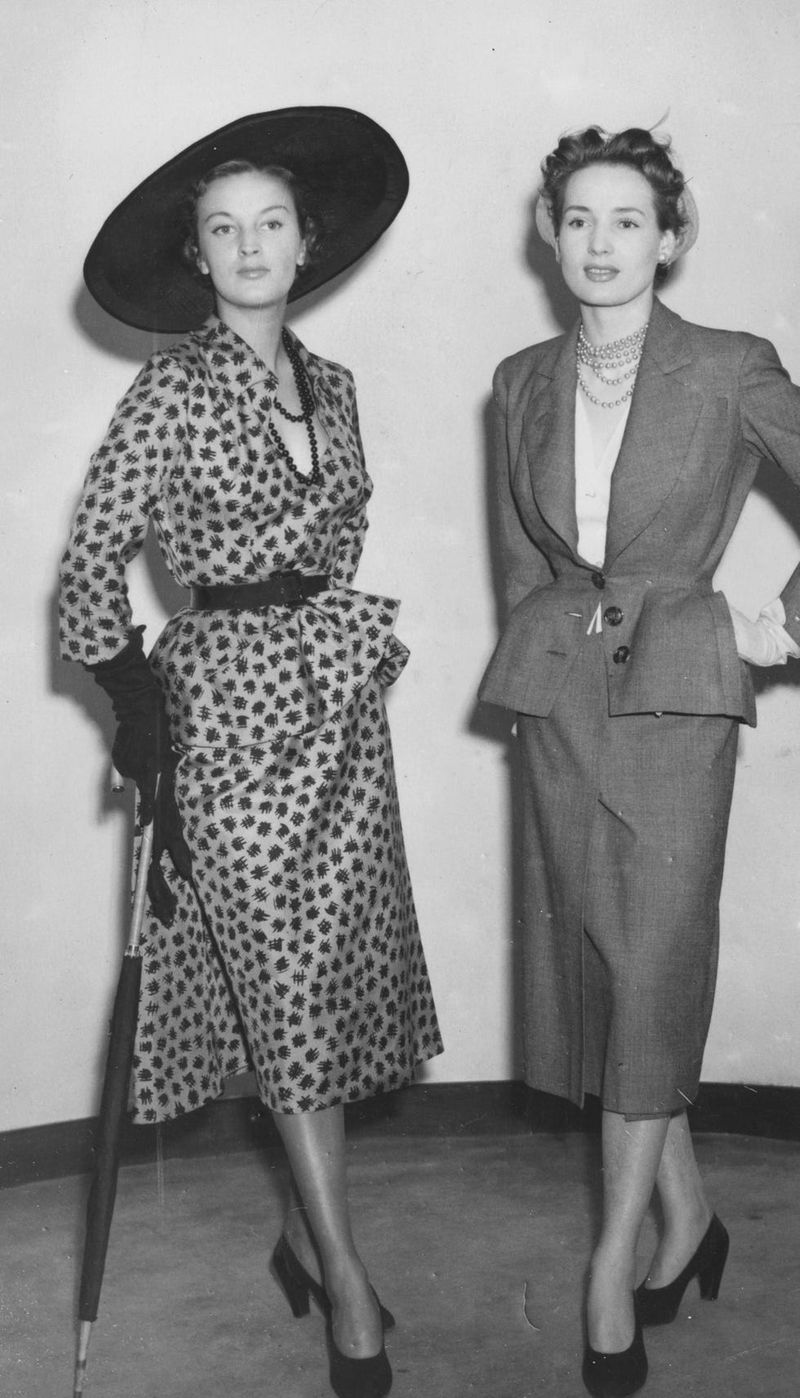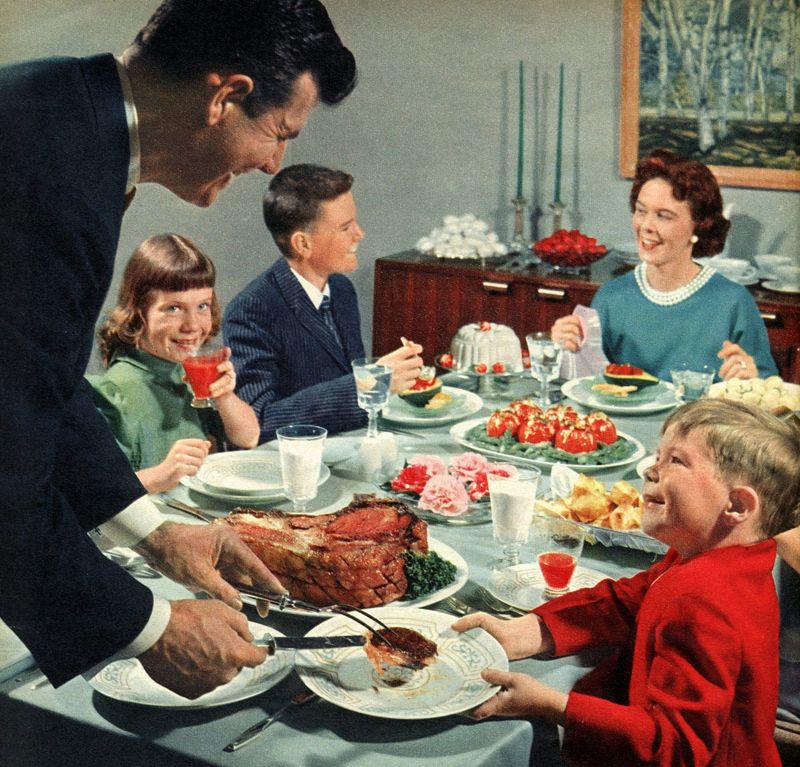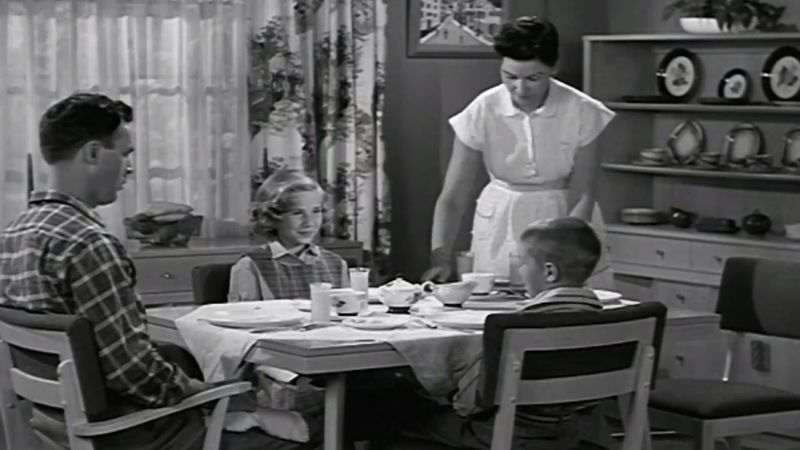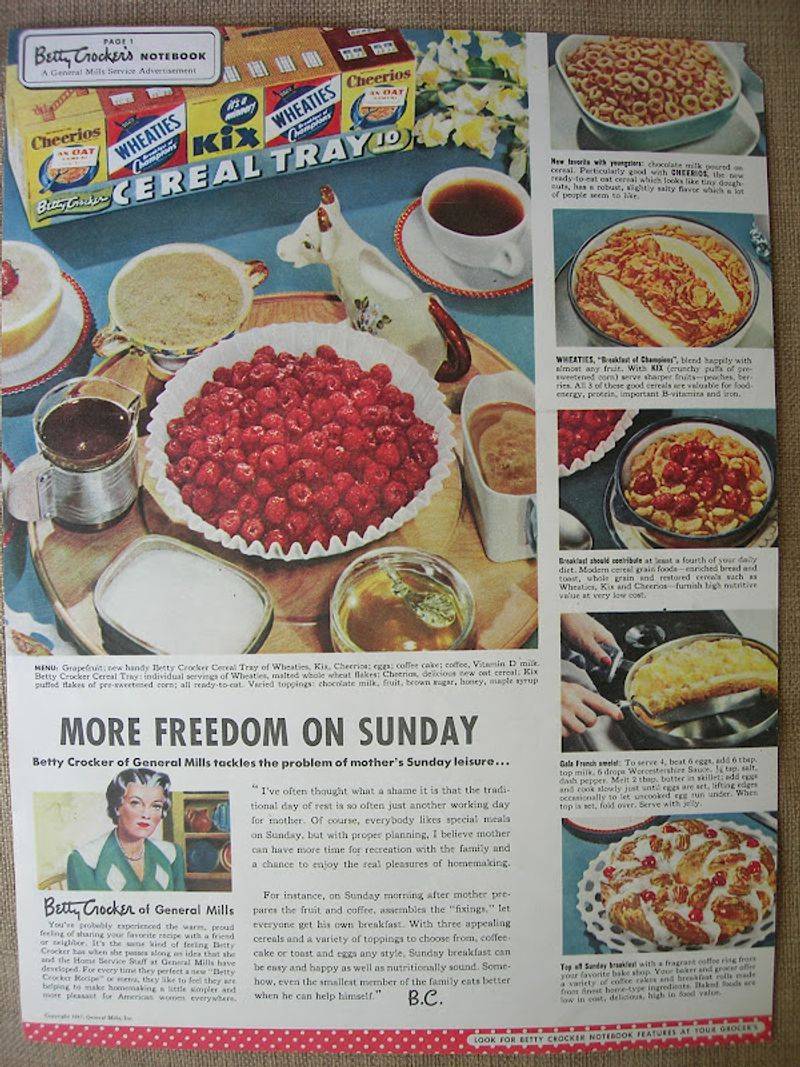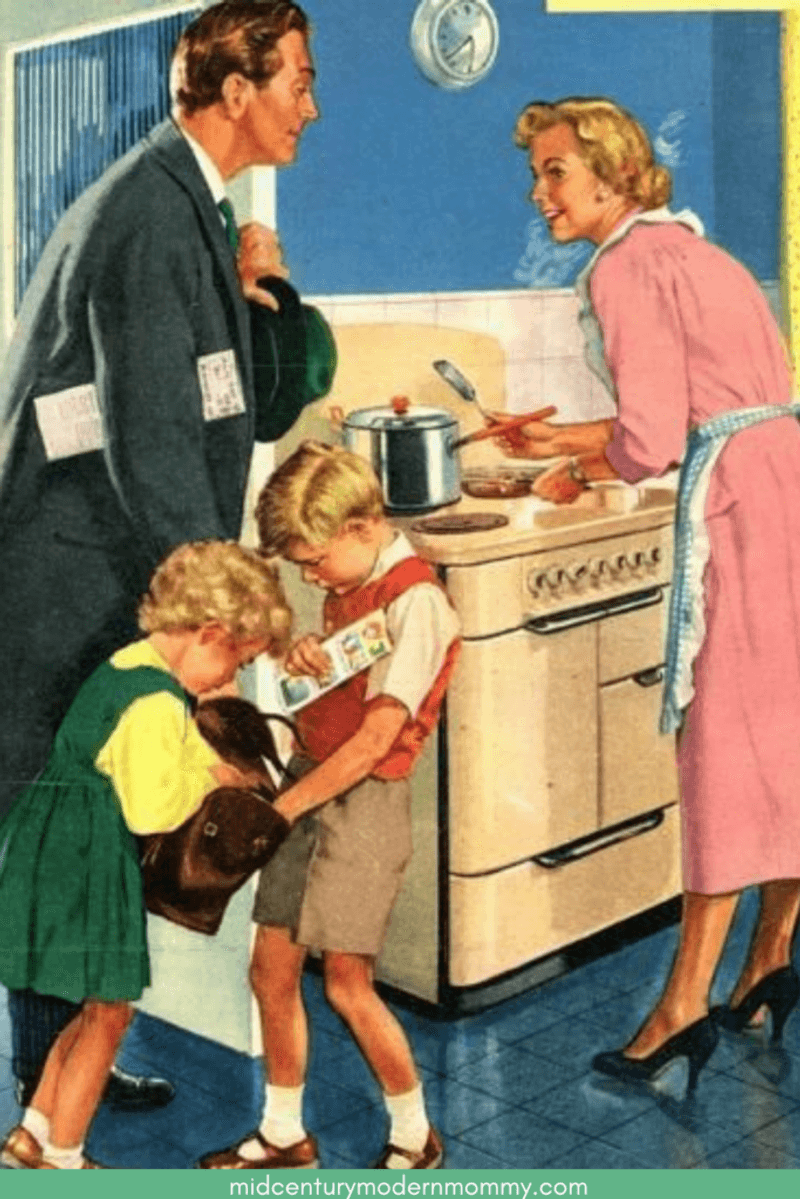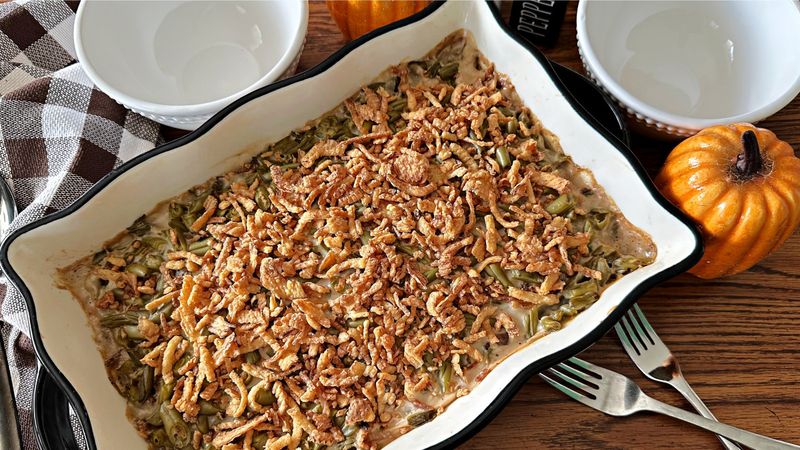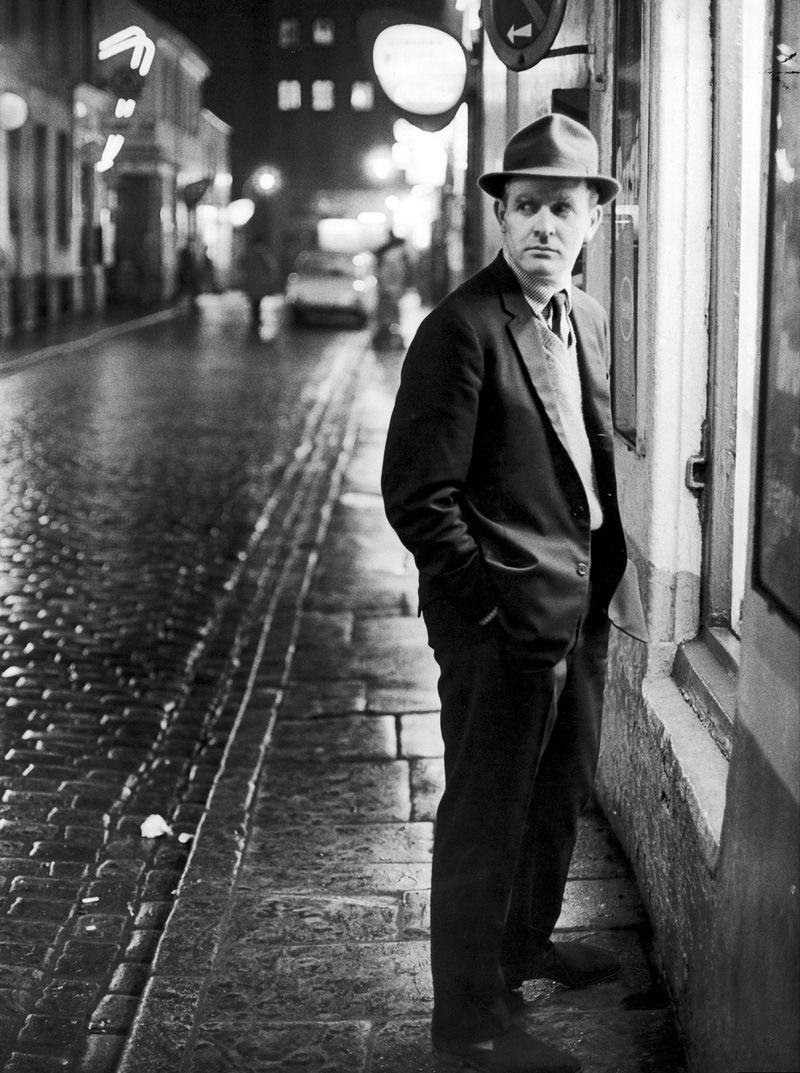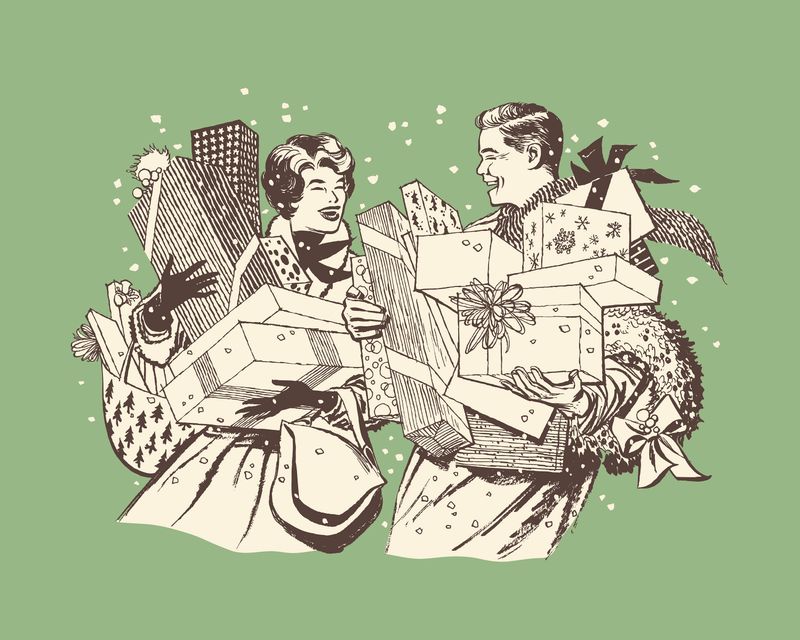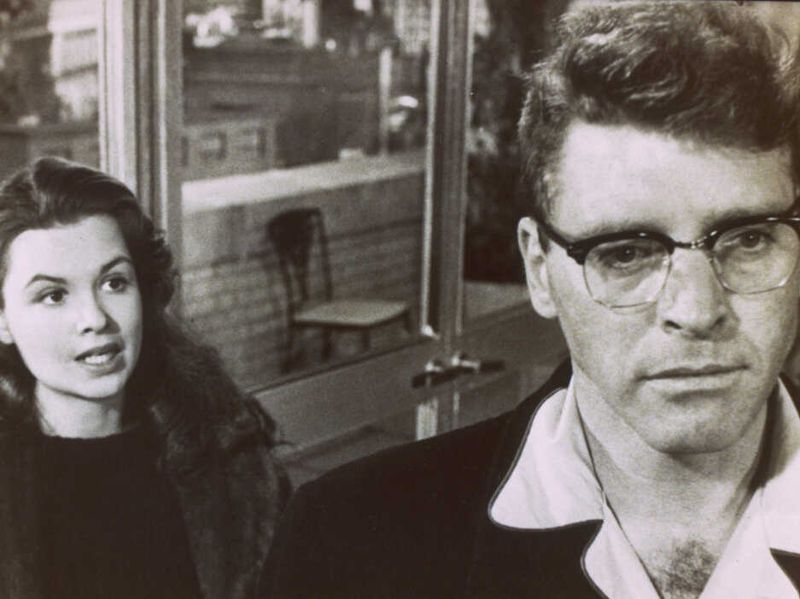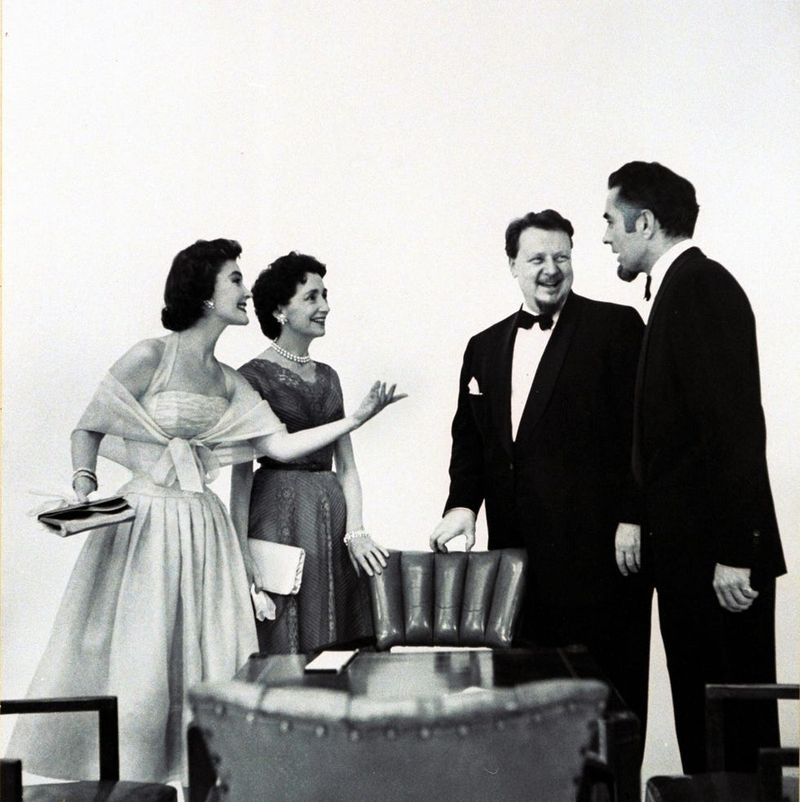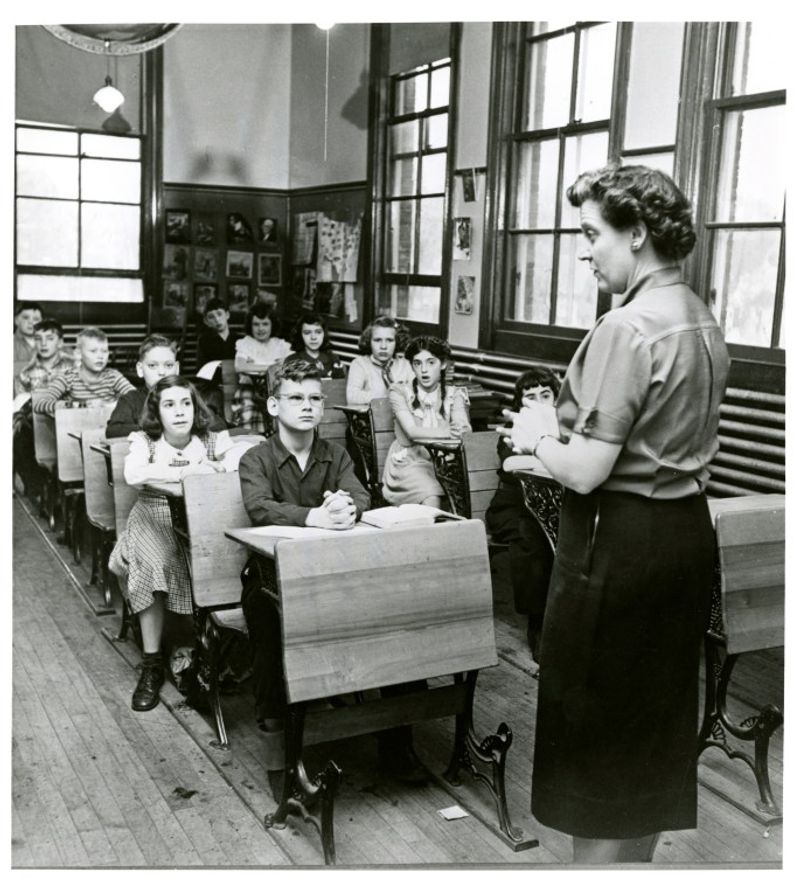The 1950s were a time of crisp manners, starched collars, and social expectations so ingrained, no one needed to write them down. These rules governed everyday life—and breaking them would earn more than a few raised eyebrows. But today? Most are relics of a world long gone.
1. You Dressed Up to Leave the House—Even for Groceries
Stepping out in the 1950s meant dressing to the nines. Groceries weren’t just about errands; they were a social affair. Women wore gloves and men donned suits, embodying elegance even in mundane tasks. The wardrobe was a statement of pride and respectability.
Imagine a world where casual wear was a rare sight. Every outing offered a chance to showcase personal style. Joggers and hoodies? Unthinkable. Today’s casual dress code would shock any ’50s fashionista.
This unwritten rule maintained a visual decorum, emphasizing societal norms and expectations of appearance.
2. Dinner Was a Family Event—No Exceptions
The family dinner played a central role in 1950s households. Every evening, families gathered around the table, sharing more than just food. No one ate until Dad picked up his fork, a signal to begin the meal together.
Televisions were silent, fostering communication and connection. This ritual was about bonding, a nightly reunion that strengthened family ties.
In today’s fast-paced world, such gatherings are rare. Dinner now can be a solitary experience or a hurried event. The ‘50s cherished these moments, offering a glimpse into the era’s family values.
3. You Wrote Thank-You Notes by Hand
Gratitude was expressed through the written word in the ’50s. Handwritten thank-you notes were more than courteous; they were expected. Whether for a birthday gift or a kind gesture, these notes conveyed heartfelt thanks.
The act of writing added a personal touch, showing care and thoughtfulness. It was a ritual of appreciation, binding communities together.
With digital communication today, this practice feels antiquated. Emails and texts have replaced pen and paper. Yet, the personal touch of a handwritten note remains unmatched in sincerity and warmth.
4. You Didn’t Talk About Money, Politics, or Religion at the Table
Polite conversation in the ’50s had clear boundaries. Money, politics, and religion were taboo topics at the dinner table. Such subjects were seen as divisive, capable of sparking tension and discord.
Families preferred lighter topics, ensuring harmony over meals. Conversations revolved around daily events, community news, and personal anecdotes.
Today, these topics are common, reflecting societal shifts towards open dialogue. The ’50s rule of conversational restraint was a reflection of the era’s emphasis on maintaining public decorum and avoiding unnecessary conflict.
5. Sunday Was a Sacred Day of Rest
In the ’50s, Sunday was a day of rest and reflection. Stores shut their doors, and chores were paused. The focus was on family time, with church often at the center of the day’s activities.
This unwritten rule fostered a sense of community and spirituality. It was a time to recharge and reconnect with loved ones, emphasizing relaxation and togetherness.
Today, Sundays are bustling with activity, a day for errands and leisure. The ’50s reverence for Sundays as sacred highlights societal changes in how we value time and rest.
6. Kids Were Seen and Not Heard
Authority was paramount in the ’50s. Children were expected to be seen and not heard, a reflection of the era’s strict discipline. Backtalk and interruptions were met with stern consequences.
This rule underscored a hierarchy within the family, with adults holding the power and children learning to respect it. It was about instilling discipline and decorum from a young age.
In contrast, today’s parenting embraces open communication and dialogue, encouraging children to express themselves. The ’50s approach to child-rearing is a glimpse into the era’s cultural norms.
7. You Baked a Casserole for Every Life Event
Casseroles were more than food; they were community symbols in the ’50s. Births, deaths, or joys, a homemade dish expressed care and support. Arriving with a casserole meant you were part of the community’s fabric.
This culinary tradition fostered a sense of belonging and solidarity. Sharing food was an act of love and friendship.
While today’s gestures may vary, the ’50s casserole tradition highlights the importance of community. It was a simple, yet profound way of showing empathy and involvement in each other’s lives.
8. You Always Answered the Phone with a Greeting—And a Smile
Answering the phone in the ’50s was an art. A cheerful “Hello?” was expected, a sign of good upbringing. With no caller ID, every call was a surprise, received with politeness and warmth.
This greeting set the tone for the conversation, reflecting the era’s emphasis on manners. It was about showing respect and hospitality, even over the phone.
Today, casual greetings or automated responses are common. The ’50s phone etiquette is a reminder of the past’s social niceties, where every interaction mattered.
9. Men Walked on the Side Closest to the Street
Chivalry was alive in the ’50s. Men walked closest to the street, shielding their companions from danger. This gesture was about protection and courtesy, a reflection of the era’s gender roles.
It was a small act, yet it spoke volumes about the expectations of male behavior. Protecting a lady was seen as an honor and a duty.
Today, such gestures are rare, with evolving views on gender equality. The ’50s practice of street-side courtesy is a window into the past’s societal norms and values.
10. You Never Showed Up Empty-Handed
In the ’50s, visiting someone meant bringing a token of appreciation. Whether flowers, dessert, or a small gift, never arriving empty-handed was a social expectation.
This practice showcased thoughtfulness and generosity, reinforcing bonds and friendships. It was about contributing to the occasion, however small the gesture.
While today’s norms are more relaxed, the ’50s tradition of showing up with a gift highlights the era’s emphasis on etiquette and social grace. It was a way to express gratitude and respect for your hosts.
11. Gossiping Was a Social Sport—But Never to Someone’s Face
Gossip thrived in the ’50s, but it was discreet. Conversations about neighbors were common, but direct confrontation was frowned upon. Gossiping was about camaraderie, a shared pastime among friends.
It was a way to connect, yet maintain social decorum. Whispered secrets bonded groups but were kept away from those discussed.
Today, gossip is overt and often public, with social media amplifying voices. The ’50s way was about discretion, a reflection of the era’s emphasis on social tact and interpersonal bonds.
12. You Never Called an Adult by Their First Name
Respect was woven into the fabric of 1950s life. Addressing adults by their first name was considered disrespectful. A child calling a neighbor “Mr.” or “Mrs.” was the norm. This formality reinforced social hierarchies and boundaries.
Using titles showcased an upbringing rooted in respect and good manners. It created a sense of community, where everyone knew their place in the social structure.
This rule has faded, replaced by more casual interactions. Today, first names often signify camaraderie and equality, a stark contrast to the rigid formality of the past.
13. You Waited Your Turn—Always
Patience was a virtue in the ’50s. Whether at the bank or soda fountain, waiting your turn was non-negotiable. Cutting in line was a social sin, reflecting a deep respect for order.
This rule emphasized fairness and shared courtesy. The act of waiting was seen as respect for others’ time and efforts.
Today, impatience often rules, with technology fostering instant gratification. The ’50s adherence to queuing is a nod to an era valuing collective respect and patience.
14. You Didn’t Complain in Public
Public decorum in the ’50s meant maintaining composure. Complaining in public was frowned upon, seen as ungrateful and rude. Even if service was poor, a stiff upper lip was expected.
This attitude was about maintaining personal dignity and social harmony. It emphasized gratitude for what one had, rather than focusing on shortcomings.
Today, public complaints are more accepted, with customer feedback encouraged. The ’50s philosophy of restraint offers a glimpse into a time valuing discretion and composure.
15. You Treated Teachers Like Royalty
Teachers held a prestigious position in the ’50s. They were more than educators; they were moral guides and community pillars. Students stood when teachers entered, a mark of respect.
Classrooms were places of reverence, with teachers’ words carrying weight and authority. This respect extended beyond school, into the community.
Today, the teacher-student dynamic is more casual. The ’50s reverence for educators underscores the era’s respect for knowledge and authority.
